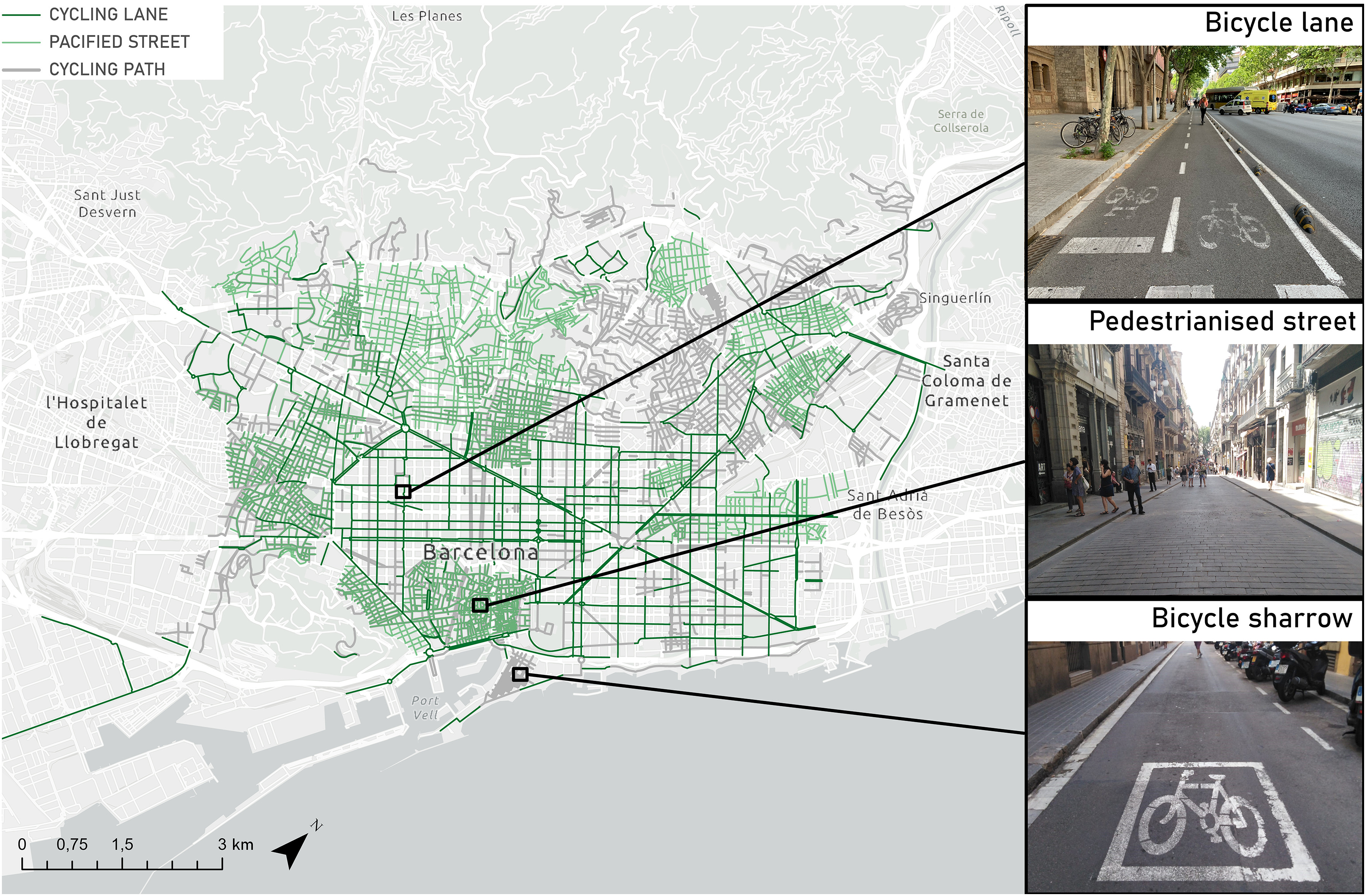How to determinemicroplatsctis in samples in a green way? Often sample preparation steps involve environmentally harmful chemicals. This artcile decsibes a robust, efficient and green sample preparation with a high separation quality.
Microplastics are plastic pieces smaller than 5 mm in size. They are considered emerging contaminants due to their toxic effect on living organisms.
Consumer behaviour towards nanopackaging, one of the most promising trends in food packaging, is systematically reviewed. Social norms, social concerns, and social media behavior are the social factors that drive consumer behaviour; while motivation, perception, learning, attitudes and beliefs, personality, and habits are the main psychological factors driving the consumer decision on buying or adopting the new trend in food packaging. Efforts supported by scientific evidence are needed to raise the awareness, knowledge and trust of consumers to improve consumers perception of sustainable packaging solutions.
This chapter aligns with SDG Goal 11: Sustainable cities and communities by discussing how smart technologies have the potential to make cities safer and more inclusive for women and gender-diverse people.
This chapter advances the UN SDG goals 11, 12, and 13 by offering two alternate approaches to Western planning—city making informed by biophilic systems and First Nations values—through Australian case studies that have similar systems of thought, aspirations, and values. The challenge is for use to adapt (or retrofit) our cities to redress climate change and our consumption values toward crafting robust, resilient, respectful and sustainable places.
This Article supports SDG 3 by examining the potential impact of WHO's triple-intervention elimination strategy on cervical cancer incidence among women with HIV in South Africa. The authors note that cervical cancer elimination among women with HIV would necessitate more frequent screening (every 3 years).
This Study supports SDG 5 and SDG 11 by discussing innovations in micro-mobility and their unequal impacts by gender.
This chapter advances Goals 3 and 13 by explaining why CE philosophy should be considered in national policies to guide waste and environmental management efforts.
Experts in the field, along with patient representatives from the Sarcoma Patient Advocacy Global Network (SPAGN), met at an international consensus meeting in 2022 to define best clinical practice of tenosynovial giant cell tumour (TGCT). Although usually not life-threatening, TGCT may cause chronic pain and adversely impact function and quality of life. A global effort is needed to make active systemic treatments available to TGCT patients worldwide and avoid discrimination.
Cabotegravir (CAB) is an integrase strand transfer inhibitor (INSTI) formulated as a long-acting injectable drug approved for pre-exposure prophylaxis and use with a long acting rilpivirine formulation for therapy in patients with virological suppression. However, there has been no comprehensive review of the genetic mechanisms of CAB resistance. Studies reporting the selection of drug resistance mutations (DRMs) by CAB and the results of in vitro CAB susceptibility testing were reviewed.

